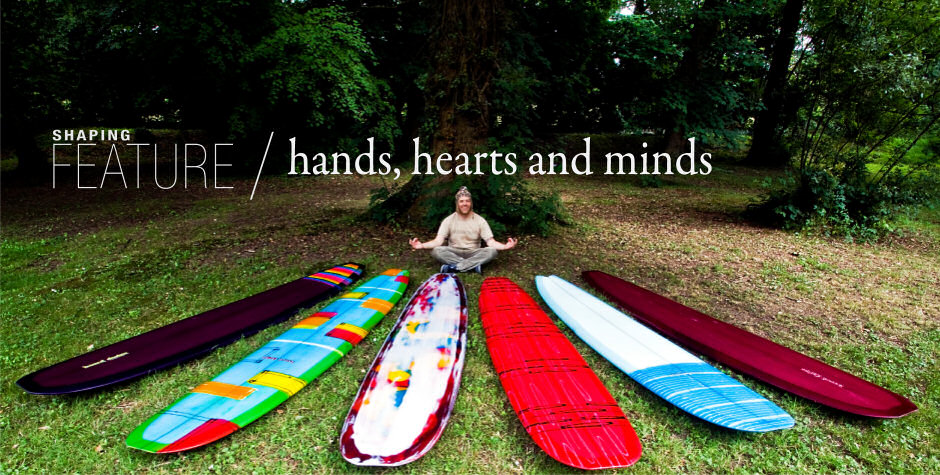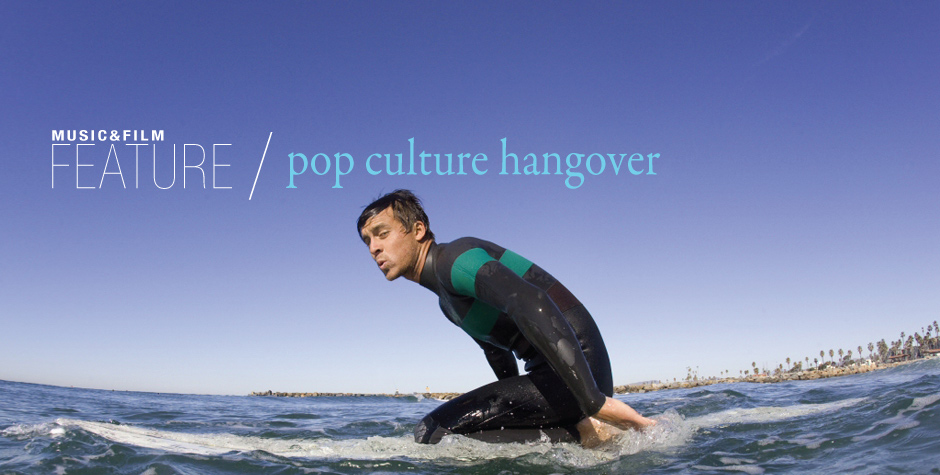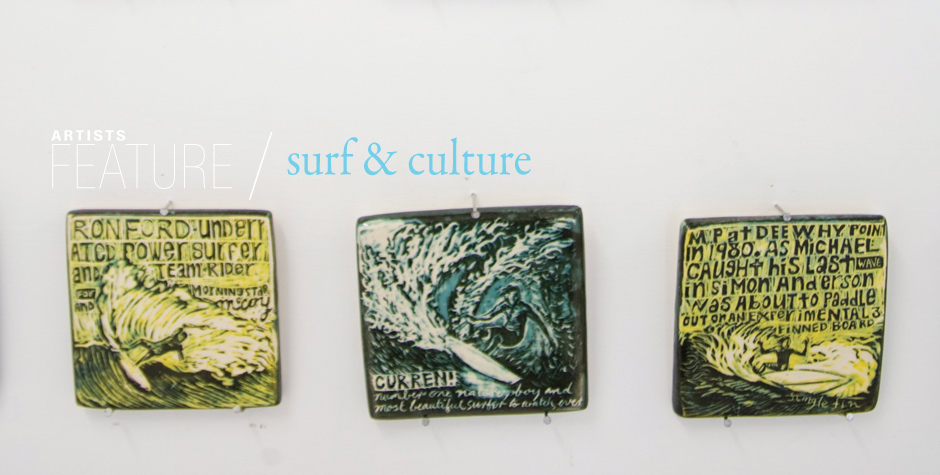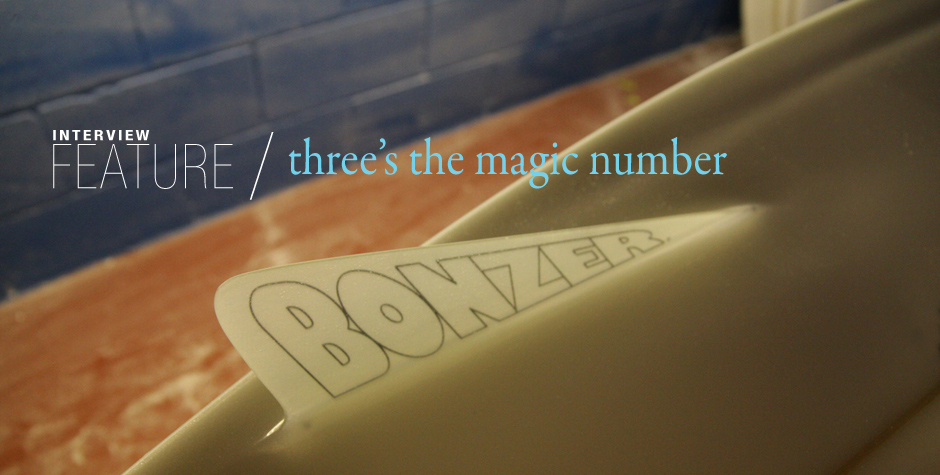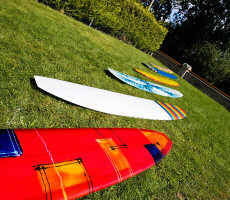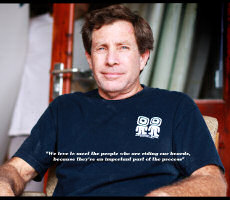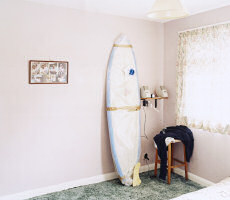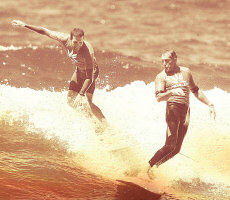Legitimisation & the board industry
 It’s always difficult to factor the problems of global market economies, or to give accountable and workable alternatives to mass consumerism fed by unsustainable production methods.
It’s always difficult to factor the problems of global market economies, or to give accountable and workable alternatives to mass consumerism fed by unsustainable production methods.
(words Mark Dickinson photos Ollie Banks)
And realistically, in the language play of legitimisation and specialisation it becomes increasingly difficult to say anything that has a value beyond the limits of a horizon that has those limits placed upon it by professionals, media or other accepted transmits of received information. So I’m aware of the receptive limits of this piece, and aware of its precarious seat to transport alternative thoughts, given the current thematic of contemporary engagements. But there is I think, still a potential within certain branches of culture to propagate or nurture an alternative economic and cultural model, which could, in practice, offer a decidedly different way for mainstream consumer habits to operate.
 Bob McTavish, in a recent interview with Drift exemplifies the way in which legitimisation is received, and mass production is cited as major mechanism in innovation and design. Speaking about Merrick he says,
Bob McTavish, in a recent interview with Drift exemplifies the way in which legitimisation is received, and mass production is cited as major mechanism in innovation and design. Speaking about Merrick he says,
“There’s probably 20,000 Al Merricks out there a year now, whereas previously there were only 4,000. I think that Al being able to design a board on his computer and send it all the way around the world to be manufactured has elevated surfboard design.”
So the information that we receive is that surfboard design is “elevated” when one single manufacturer increases his turnover by more than 400%, and then sends it around the world. The impact of this can be seen without dissecting each part of the communication; but where the figureheads of industry under the supply of capitalism consume such a large part of the market, shipping boards around the world, they become part of a greater dialogue which has repercussions not only in the local market place, but also on the sustainability of such a practice in terms of the environment, and ethical implications of outsourced labour exploiting past imperialistic exploits. As far as elevated design goes, I’ll cite another Australian voice, Geoff McCoy, who gives a different slant:
“The modern shortboard is a hoax. It is the biggest distraction to surfing that we’ve experienced in 20 years,” [...] “It’s a dysfunctional object … It doesn’t want to bottom turn, it doesn’t want to turn in general. What they’ve done to compensate is make smaller fins so it can skid and slide. They don’t know that the hard edges are making it release and skid as well. The balance is all wrong. Everyone is on their front foot because the only support is in the middle of the board, and you’ve got to be such an elite talent to get them going… There’s a small percentage of people who can do it.”
McCoy is certainly a bit extreme in his views, but he makes a very serious point. Citing McTavish again we are told that,
“With machines and the production in Thailand and China, a good designer can get their shapes out to a wider audience and, as a result, surfboard shapes have improved.”
A “good” designer then, legitimises overseas production methods and distribution to a wider audience despite the fact that this designer may know little of the rider’s style or, just as importantly, his/her locality and breaks. So it appears that we can with reason conclude that these “improvements” may lead to a homogenisation of styles and waves that leaves little space for idiosyncrasy or flair, or for that matter how these improvements relate to the average surfer? And what or whom are these waves and riders that can all be fitted conveniently into models and types? A convenience that rather fittingly benefits mass production and services the modern cultural consumer phenomenon of “I want it now” and disposable products. McCoy, speaking more specifically about his involvement with surftech remarks it’s “the second worst thing I’ve ever done”; the first being getting involved with the surf industry, which, in his own words, “forgot about surfing in the quest to make a lot of money”.
 The same cannot be said of McTavish, and there is a discrepancy in the earnestness with which he supports mass production and, in turn, even contradicts his own practice. The machine that allows the designer to “improve design” and “elevate[...]design” is, for “some reason” unable to offer as good a product as his hand-shaped alternative. As McTavish says,
The same cannot be said of McTavish, and there is a discrepancy in the earnestness with which he supports mass production and, in turn, even contradicts his own practice. The machine that allows the designer to “improve design” and “elevate[...]design” is, for “some reason” unable to offer as good a product as his hand-shaped alternative. As McTavish says,
“Sometimes I’m frustrated with the machine and I wanna get the board in the water so I’ll jump in the room and burn one out. For some reason they always come out better.”
Indeed. This statement speaks for itself, and I would argue that the mystical address in “for some reason” could relate to his experience as a craftsman and his intimate knowledge of the handcrafted process as well as his abilities as a surfer; it could also be on behalf of the implicated soul of a thing. Or within an object’s making, a making that is worked upon by all the body’s sensory functions: touch, sight, even the sound of internal dialogue as the object is worked upon in the real dimensions of a lived and occupied space, like surfing itself, rather than those of a virtual one. I don’t want to drag objective reasoning into a continental or metaphysical discourse so I’ll steer away. But in short, he says, if he makes it by hand it’s somehow better. As Dave Parmenter puts it:
“I pay little attention to any nebulous ‘soul’ quotient that may or may not inhabit the surfboards I build. I build because I love to work with my hands - it keeps me sane in a society that values nihilism over creativity.”
In the act of the legitimisation, McTavish attempts through communication to establish his being in this world. As Martin Heidegger points out in ‘Time and Being’, “the being of man [...] is essentially determined by its being able to speak.” The language of McTavish is disconcerting to say the least. It shows surfing as a global corporate force, that through the use of imperatives is, in Lyotard’s terms “valorising the individual enjoyment of goods”, whilst also negating its environmental impact and global distributions impact on local production. He also attempts to de-legitimise, through calculated statements, the work and practice of others: “There’s so much wank in shaping! It’s smoke and mirrors…”. There’s a polarity here that runs deep, and seems to be growing wider, and there are certainly no straightforward answers. Echoing Dave Parmenter’s concerns, “I worry that false worship of glittery new technology could strip away from the surfboard manufacture the importance of shape and design”.
 Economically speaking, corporate models don’t appear to be able to offer sustainable practices, nor in such vast a field can they be monitored; yet they also appear to grow exponentially. Even though some surfers may profit out of mass-production, the funds seem more likely to be distributed into the hands of faceless shareholders, who don’t build surfboards, or even worse, don’t surf.
Economically speaking, corporate models don’t appear to be able to offer sustainable practices, nor in such vast a field can they be monitored; yet they also appear to grow exponentially. Even though some surfers may profit out of mass-production, the funds seem more likely to be distributed into the hands of faceless shareholders, who don’t build surfboards, or even worse, don’t surf.
Nurturing micro-communities, including the production and a divestment of interest in sustainable micro-energies, offers a potential step toward. It’s not just about supporting your local shaper, but consolidating and investing in your local community, not for the sake of any nationalist values, far from it; it’s to support innovative efforts, in both production and design, arts and crafts, jobs, and a monitered sustainable economy within community, which has the legitimising power of language to communicate ideas through the global community. For current and future generations, legitimising the local community through the work of that community strengthens the ties and consolidates; surely this can only be a good thing. It’s no longer a concern that such things are insular, as through a continual dialogue, creativity and ideas develop simultaneously in flow, keeping with the “now”; and so in turn, the future.
Sources
Bob McTavish in conversation with Chris Preston on www.driftsurfing.eu
‘Which Way is Earth? The Alternative Universe of Geoff McCoy’ by Tim Baker on www.coastalwatch.com
Martin Heidegger, ‘Being & Time’; translated by Joan Stambaugh in collaboration with J Glenn Gray
Dave Parmenter, ‘A Shaper’s Fugue’; The Surfer’s Journal, vol 13 no 4
